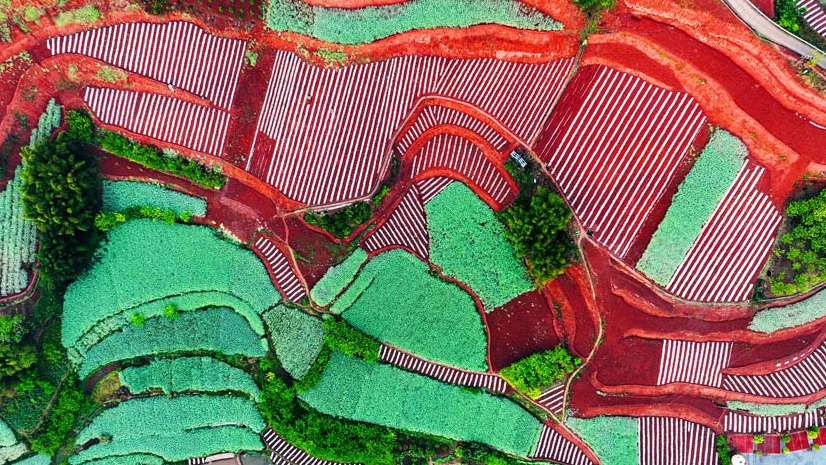World's earliest synthetic white lead cosmetics found in China's Shaanxi
Chinese researchers' latest discovery inside the tomb of a patrician who lived in the early Spring and Autumn Period (770 BC-476 BC) proves that it was common for ancient Chinese to use synthetic white lead makeup at that time, nearly 300 years earlier than in Europe and the Mediterranean region.
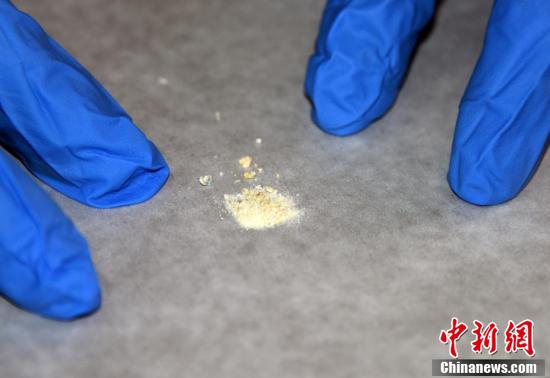
Photo shows samples of the residues of synthetic white lead cosmetics found in a bronzeware excavated from a tomb in Liangdai village, northwest China's Shaanxi Province. (China News Service/Sun Zifa)
In a research paper published in the journal “Humanities and Social Sciences Communications” on Sept. 3, researchers confirmed that the residues found in a bronzeware excavated from a tomb in northwest China's Shaanxi Province are the world's earliest synthetic white lead cosmetics.
The paper was co-authored by researchers from the University of the Chinese Academy of Sciences (UCAS) and the Shaanxi Academy of Archaeology, including Han Bin, the lead author of the paper and special research assistants from the UCAS.
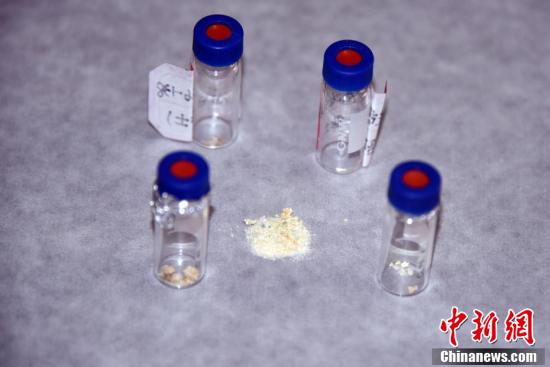
Photo shows samples of the residues of synthetic white lead cosmetics found in a bronzeware excavated from a tomb in Liangdai village, northwest China's Shaanxi Province. (China News Service/Sun Zifa)
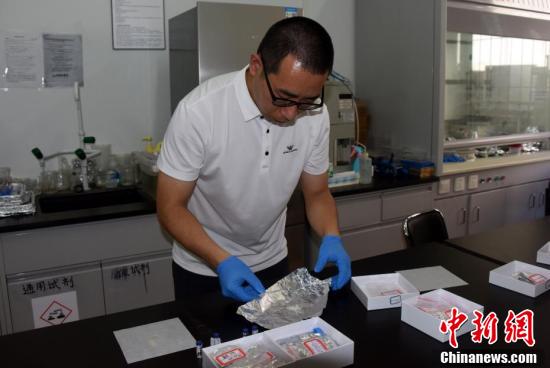
Han Bin, special research assistant of the University of Chinese Academy of Sciences, handles samples of the residues of synthetic white lead cosmetics found in a bronzeware excavated from a tomb in Liangdai village, northwest China's Shaanxi Province. (China News Service/Sun Zifa)
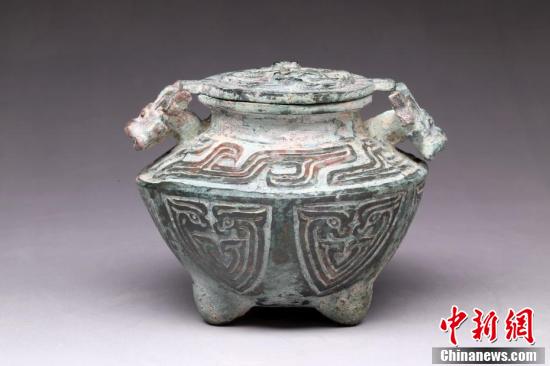
File photo shows a bronzeware excavated from an ancient tomb (M300) of an ancient female noble in Liangdai village, northwest China's Shaanxi Province. (Photo courtesy of the Shaanxi Academy of Archaeology)

Photo shows a bronzeware excavated from an ancient tomb (M27) at the ruins of the Rui State in the Spring and Autumn Period (770 BC-476 BC) in Liangdai village, northwest China's Shaanxi Province. (Photo courtesy of the Rui State Ruins Museum of Liangdai Village)
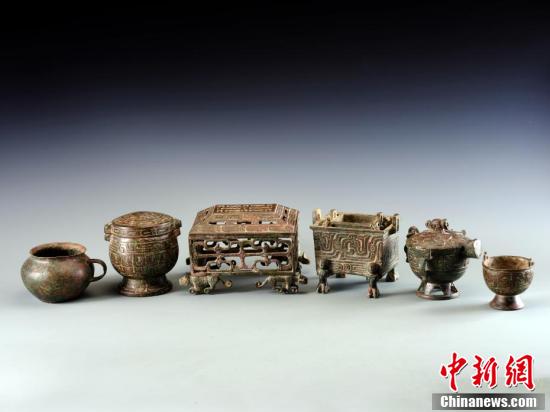
Photo shows bronzewares excavated from an ancient tomb (M26) at the ruins of the Rui State in the Spring and Autumn Period (770 BC-476 BC) in Liangdai village, northwest China's Shaanxi Province. (Photo courtesy of the Rui State Ruins Museum of Liangdai Village)
Photos
Related Stories
- New findings at China's Sanxingdui Ruins stun archaeologists
- Ancient plinths discovered in China's Hebei
- Ancient tomb unearthed in N China's Shanxi
- Late Shang Dynasty tombs discovered in central China
- 25 Qing Dynasty tombs discovered in China's Hunan
- Tang Dynasty tombs discovered in China's Shanxi
- Ancient tombs found in north China's Shanxi
- Ming Dynasty tomb chambers, murals unearthed in north China
- 2,000-year-old tomb owner presumed as noble
- Millennia-old tombs, artifacts unearthed in China's Guangzhou
- Inland county shines a spotlight on global beauty industry
- Domestic-made cosmetics on 40 percent of Chinese Gen Zer's dressing tables
- Residues of 2,700-year-old skin whitening cosmetics found in N China
- China becomes leading market for French cosmetics, says sector union
- China’s cosmetics market expands
- China launches regulatory app for cosmetics
- Men are buying makeup for themselves: Tmall report
- Spanish cosmetics make inroads into China
- Beautiful policy stimulates big cosmetic firms
- Hearts of cows used in ancient cosmetics, claims study
Copyright © 2022 People's Daily Online. All Rights Reserved.








